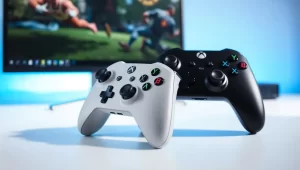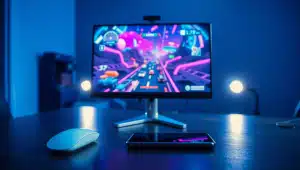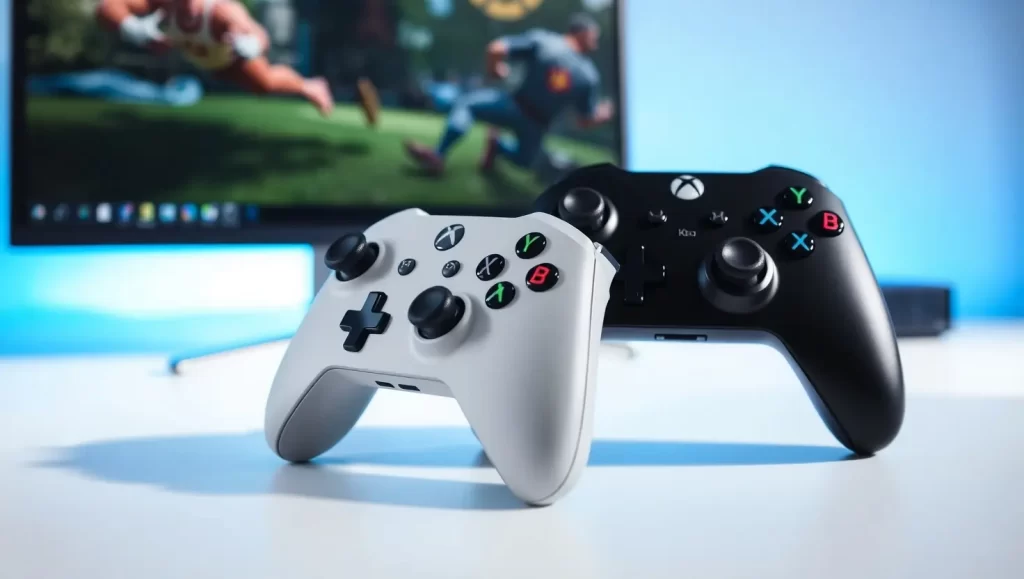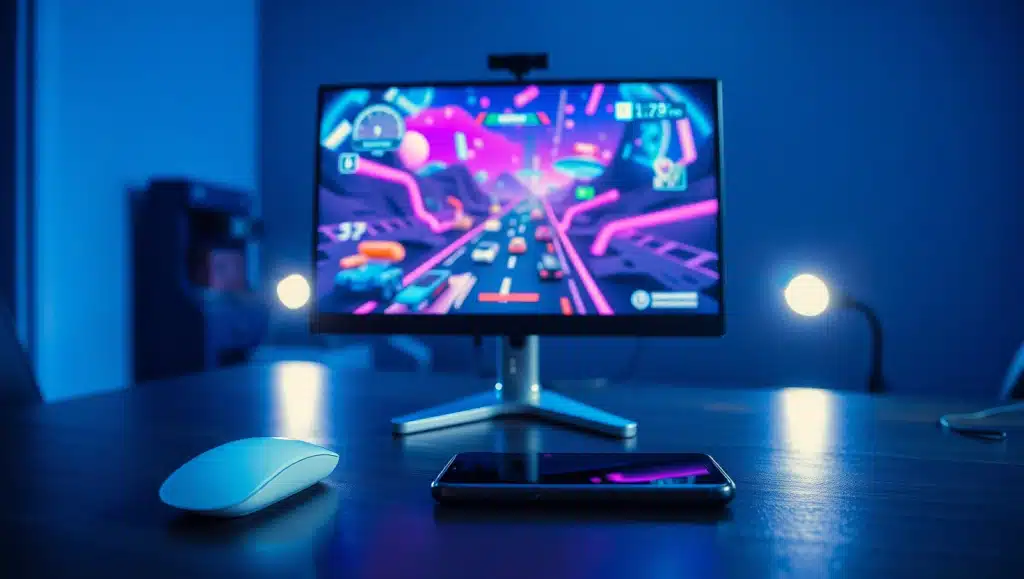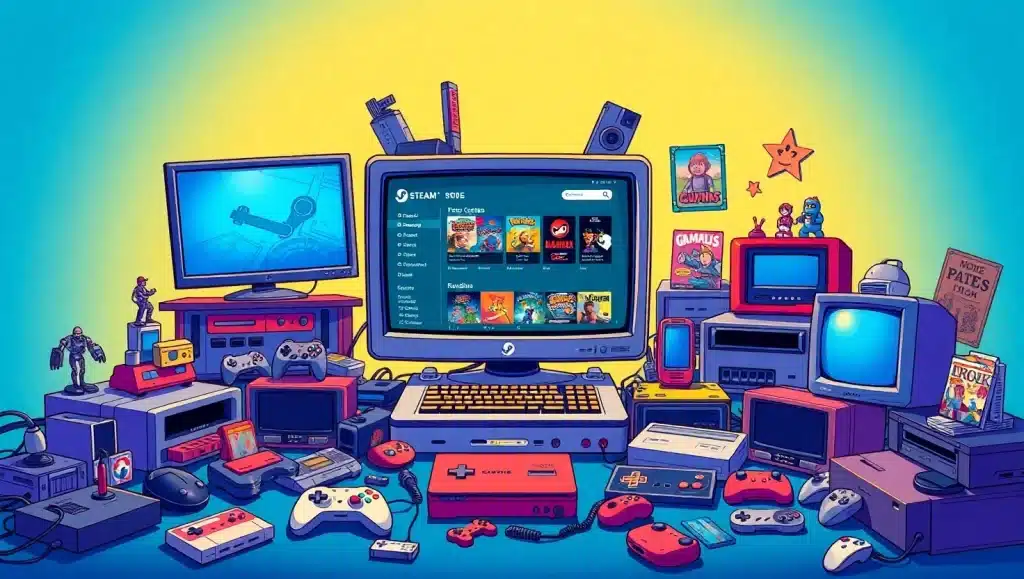Finding the balance between a mesmerizing gaming experience and a smoothly running computer can sometimes feel like solving a puzzle, one layer at a time. We all know the thrill that comes from diving into a new world, whether that’s defending the towers in League of Legends or embarking on epic quests in The Witcher 3. Yet, as our favorite games grow more complex, so too do the demands on our hardware. High CPU usage can unexpectedly transform exciting gameplay into a stuttering challenge, driving even the most serene gamer into a fit. Thankfully, there are ways to alleviate this pressure on your system, ensuring your session is as seamless as it is thrilling. In this article, we’re going to go through the ways on how to reduce CPU usage while gaming.
Reduce CPU Usage While Gaming
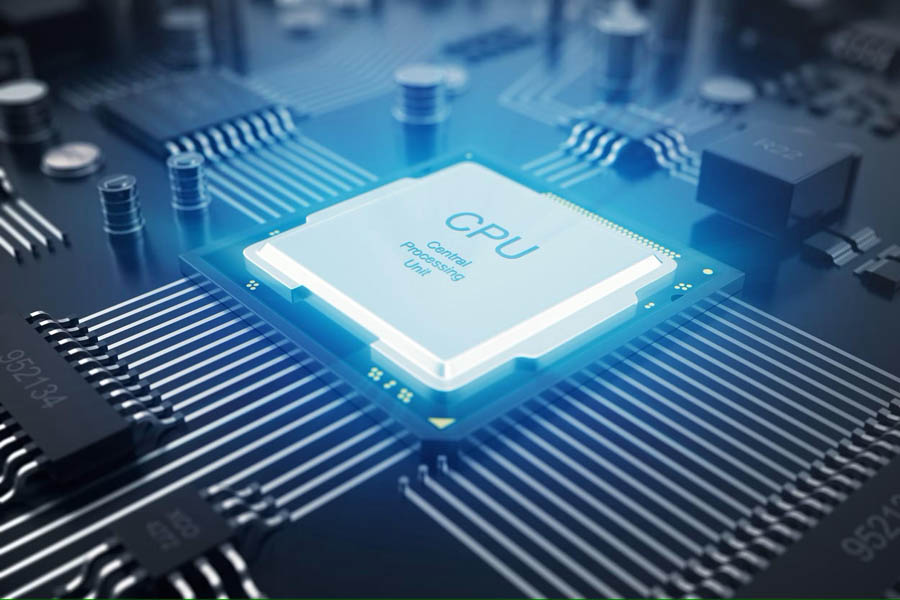
Why CPU Usage Matters in Gaming
Imagine driving a car where the engine is constantly revving at its highest possible RPM. Now, picture your CPU in that same state during gaming. The central processing unit (CPU) is the brain of your computer, managing key operations to ensure everything runs smoothly. When gaming, the CPU handles workloads that aren’t entirely dependent on graphics, like AI computations and game logic. A CPU under excessive load can bottleneck your graphics processing unit (GPU), leading to lower frame rates, lag, and even overheating. These issues can shorten the overall lifespan of your hardware, turning a minor hiccup into a significant setback.
Common Causes of High CPU Usage in Gaming
Every gamer has encountered those sluggish moments when your character seems to be operating in slow motion. Often, the culprit is high CPU usage. Here are the key causes:
1.Background Applications and Processes
Imagine preparing for a boss fight, and just as you’re about to deliver the final blow, your game stutters. Often, this isn’t due to a game glitch but because hidden, resource-hogging applications are vying for your CPU’s attention. From browsers left open with numerous tabs to music streaming services quietly running in the background, each application consumes part of your CPU’s power. Over time, we accumulate various utilities (updaters, sync services, etc.) that automatically run in the background. Even helpful tools like Discord or Twitch overlays can cause surprisingly high demand on your CPU if not managed properly. Regularly checking your Task Manager to identify these stealthy processes and keeping only the necessary programs open can make a substantial difference in available CPU resources.
2. Outdated or Inefficient Game Optimization
We’ve all been excitedly exploring virtual worlds, only to find our CPUs struggling to keep up with less-than-ideal game optimizations when we try to reduce CPU usage while gaming. While stunningly immersive titles such as Ark: Survival Evolved promise sprawling landscapes and detailed environments, they sometimes fall short in terms of efficient code optimization, requiring more processing power than necessary. This is often because developers aim for rich graphical textures and complex physics without adequately optimizing the game’s backend to ensure it runs smoothly on a wide range of systems. Patches and updates are released to improve performance, but keeping both your games and the system on which they run up to date is crucial. Additionally, some games might not be fully optimized for certain hardware configurations, leading to unexpected CPU strains.
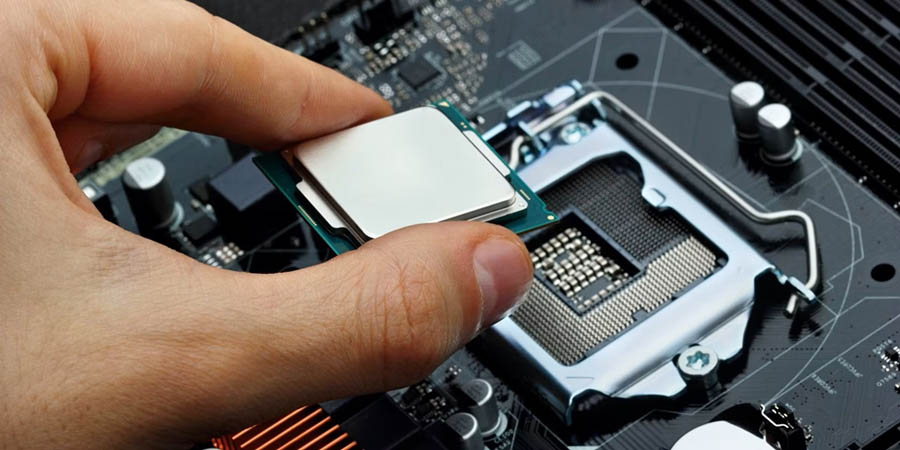
3. Insufficient Cooling Leading to Thermal Throttling
As you delve deeper into a game session, the thermal dynamics of your PC become a critical factor. High CPU usage leads to increased heat generation, and without effective cooling solutions like high-quality fans or liquid cooling systems, your CPU might be forced to throttle its performance to prevent overheating—a process known as thermal throttling. This can cause sudden drops in performance, where your game suddenly lags or freezes. Dust accumulation in cooling fans and heat sinks further exacerbates this issue, impeding airflow and escalating heat retention. Ensuring your cooling systems are clean and efficient can prevent thermal throttling, keeping your CPU performance consistently high.
4. Overclocking Without Proper Settings
The allure of pushing your CPU to its limits for those last few performance gains can be tempting for many gamers. However, overclocking—running your CPU at speeds beyond its default settings—requires precise tuning. Without proper voltage adjustments and cooling, you risk introducing instability and excessive heat, making your system prone to crashes and erratic performance. It’s akin to burning the candle at both ends without considering the repercussions. Overclocking should be approached with caution, using recommended settings and tools to ensure stability while gaining increased speed.
5. High In-Game Settings
Sometimes, the desire to experience the most immersive environments possible leads us to crank game settings to ultra levels. Features like high-resolution textures, advanced shadow effects, dynamic lighting, and expansive draw distances demand significant CPU calculations. While the GPU handles the majority of graphical rendering, the CPU is responsible for calculating physics, AI interactions, and background processes, especially in complex open-world games. These intensive settings can result in taxing CPU tasks, leading to increased usage and potential performance hits. Balancing settings to match your system’s capabilities, such as reducing shadow resolution or using presets like medium or high instead of ultra, can greatly alleviate the stress on your CPU without significantly impacting visual quality; as one of the most effective ways of how to reduce CPU usage while gaming.
How to Reduce CPU Usage While Gaming
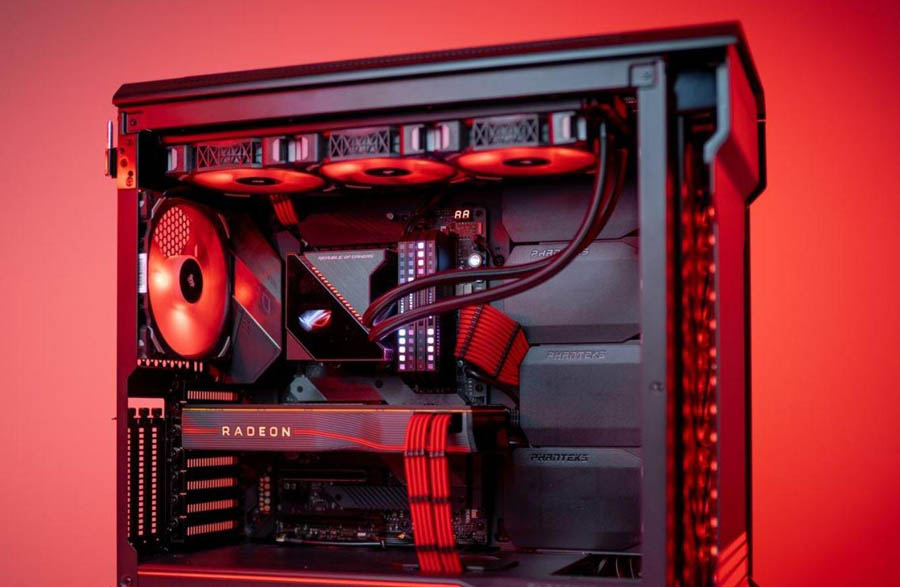
Here’s how you can enchant your gaming system for better performance:
1. Optimize In-Game Settings
Lowering the draw distance in open-world games like GTA V helps significantly. Similarly, cap your frames per second (FPS) using tools like VSync to ease the CPU load without compromising the beauty of the game world.
2. Close Background Applications
Using the Windows Task Manager, identify high CPU-consuming processes. A personal anecdote: we once found a hidden update installer using 20% CPU! Disable non-essential startup programs too, and you’ll notice immediate performance improvements.
3. Update Drivers and Software
Keep your GPU, CPU, and other drivers up to date. Developers frequently release patches designed to remedy performance issues, and updating software ensures you aren’t missing out on necessary enhancements.
4. Adjust Windows Settings
Windows High-Performance mode is sometimes overlooked when it comes to how to reduce CPU usage while gaming. Switching to it allows your CPU to offer its best. Also, disabling unnecessary visual effects under “Performance Options” can save resources.
5. Upgrade Hardware
Sometimes, a hardware upgrade is necessary. Switching to an SSD or upgrading RAM can reduce the load on your CPU and increase system responsiveness during gaming.
6. Use Game Optimization Tools
Tools like Razer Cortex analyze and close unnecessary applications while you play. MSI Afterburner can safely tweak your GPU settings for optimal performance and stability.
7. Monitor and Manage Temperatures
Keeping an eye on temperatures is essential. We recommend regularly cleaning dust from your PC’s fans and heat sinks and investing in quality cooling solutions to keep those temperatures down.
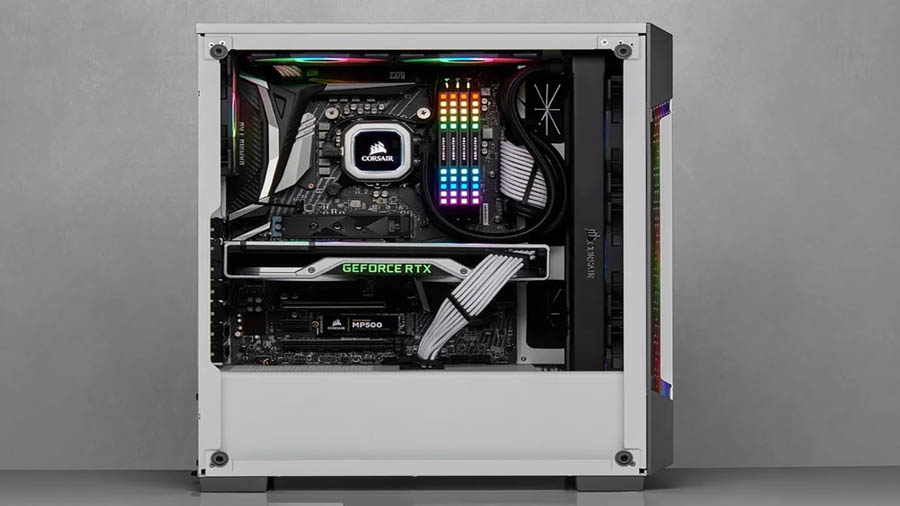
Advanced Tips for Power Users
For seasoned gamers and tech enthusiasts who are comfortable tweaking their system settings, diving into advanced optimization techniques can unlock even more performance potential. Here’s a closer look at some sophisticated strategies you can implement to enhance your gaming experience significantly:
1. Overclocking the CPU Safely
Overclocking involves running your CPU at a higher speed than its base frequency, offering potentially significant gains in performance. However, this should be approached with a strong sense of caution, especially when it comes to how to reduce CPU usage while gaming:
- Research Thoroughly: Start by understanding your CPU’s capabilities and limitations. Online forums and manufacturer documentation often contain valuable insights into stable overclocking settings for your specific hardware.
- Use Reliable Tools: Utilize software like Intel’s Extreme Tuning Utility (XTU) or AMD’s Ryzen Master to adjust clock speeds and voltage settings. These programs provide user-friendly interfaces and safety measures to prevent system damage.
- Stress Testing: After making adjustments, stress test your system with tools like Prime95 or AIDA64. These utilities simulate heavy workloads to ensure your CPU remains stable at increased speeds.
- Monitor Temperatures: Real-time monitoring of temperature using software like HWMonitor is critical. Ensure your cooling system is efficient enough to handle the increased thermal output without resulting in thermal throttling.
By taking these precautions, you can enjoy the benefits of higher speeds and better frame rates while maintaining system integrity and reliability.
2.Third-party software for Process Prioritization
Efficient resource management is key to ensuring that your game receives the computational power it needs when we talk about how to reduce CPU usage while gaming:
- Process Lasso: This software offers sophisticated tools to manage how your system handles different processes. By prioritizing CPU resources for your game, you can reduce stuttering and improve overall responsiveness.
- ProBalance Feature: Process Lasso’s ProBalance feature dynamically adjusts the priority of background processes to prevent them from monopolizing CPU resources, ensuring that your gaming experience remains smooth and uninterrupted.
- Power Profiles: The software allows you to create customized power profiles that ensure maximum performance during gaming, conserving energy during less intensive tasks.
By leveraging such software, you ensure your CPU’s attention remains focused on delivering optimum performance where it matters most.
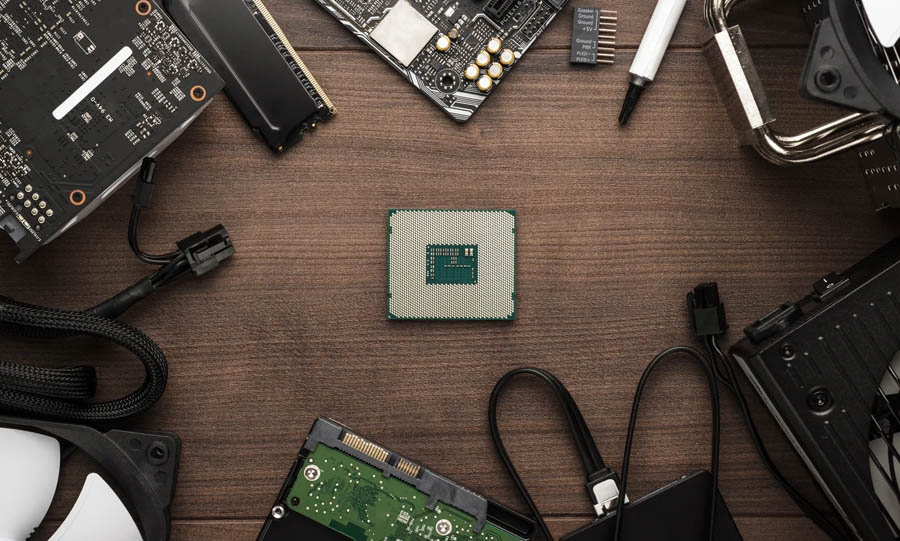
3. Tweaking BIOS Settings
The Basic Input/Output System (BIOS) plays a crucial role in controlling your computer’s hardware at the most fundamental level:
- Enable XMP for RAM: If you have high-performance RAM, enabling XMP (Extreme Memory Profile) in the BIOS can unleash its full potential. This feature optimizes your RAM’s frequency, timings, and voltage settings automatically for better data throughput.
- Adjust Power Settings: Fine-tuning power settings to prioritize performance over energy efficiency can enhance CPU throughput. Look for options related to CPU C-States or Intel SpeedStep and adjust them for gaming scenarios.
- Advanced Features: Many modern BIOS interfaces provide access to performance-enhancing features like Turbo Boost or Precision Boost Overdrive. Enabling these can provide automatic overclocking without the manual hassle.
- Update BIOS: Keeping your BIOS updated can also introduce performance tweaks and stability improvements, benefiting both games and overall system operations.
These advanced techniques require keen attention to detail and a willingness to experiment with different settings. It’s always wise to document changes you make, as this makes troubleshooting much simpler in case you need to revert to previous configurations. Engaging with these methods can transform your gaming rig into a powerhouse, offering a competitive edge and more immersive experiences.
Conclusion
With these insights and strategies on how to reduce CPU usage while gaming, we hope you can transform your gaming experience from lag-laden to seamless, keeping the focus where it belongs—on some of the most thrilling moments gaming has to offer. Tinker, adjust and upgrade as needed because a smoothly running system is one of the best power-ups for any gamer. And remember, while we love games, nurturing our hardware is equally important in sustaining our enthusiasm and adventures in the digital world.
Can background updates affect CPU usage during gaming?
Background updates can draw significant CPU resources and cause unexpected stuttering during gameplay. It’s advisable to disable automatic updates or schedule them when you’re not gaming.
Is there a way to check CPU usage trends over time?
Yes, using tools like Windows Resource Monitor or third-party software like HWMonitor, you can track your CPU usage trends and spot patterns that indicate potential problem areas.
Will lowering graphics settings solely improve CPU performance?
While lowering graphics settings primarily affects GPU load, reducing CPU-intensive settings such as physics calculations and shadow rendering can substantially decrease CPU stress.



